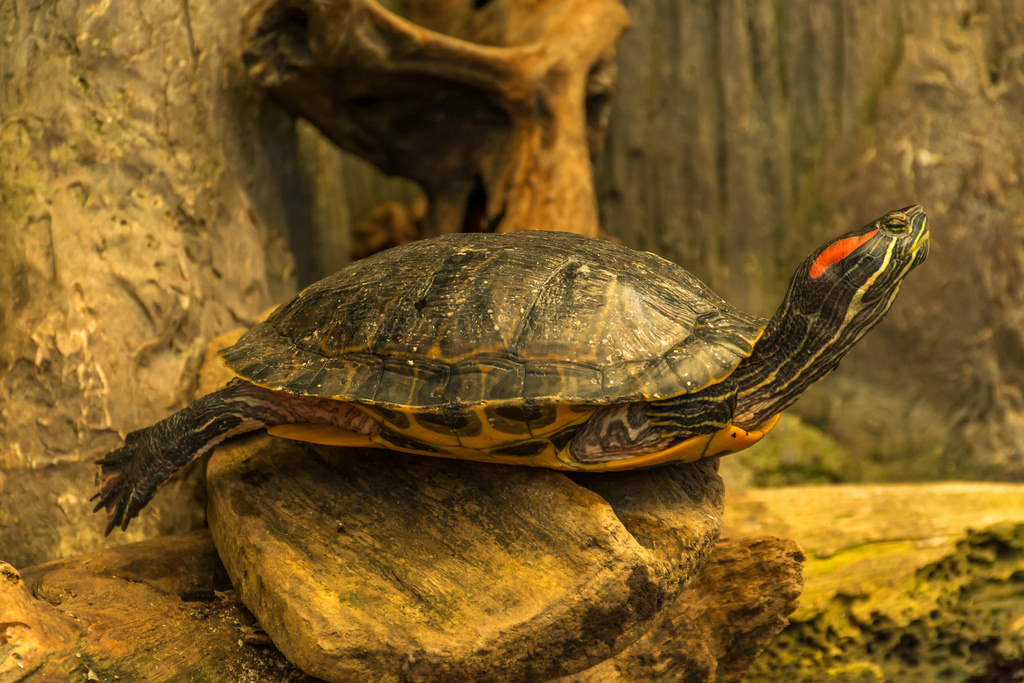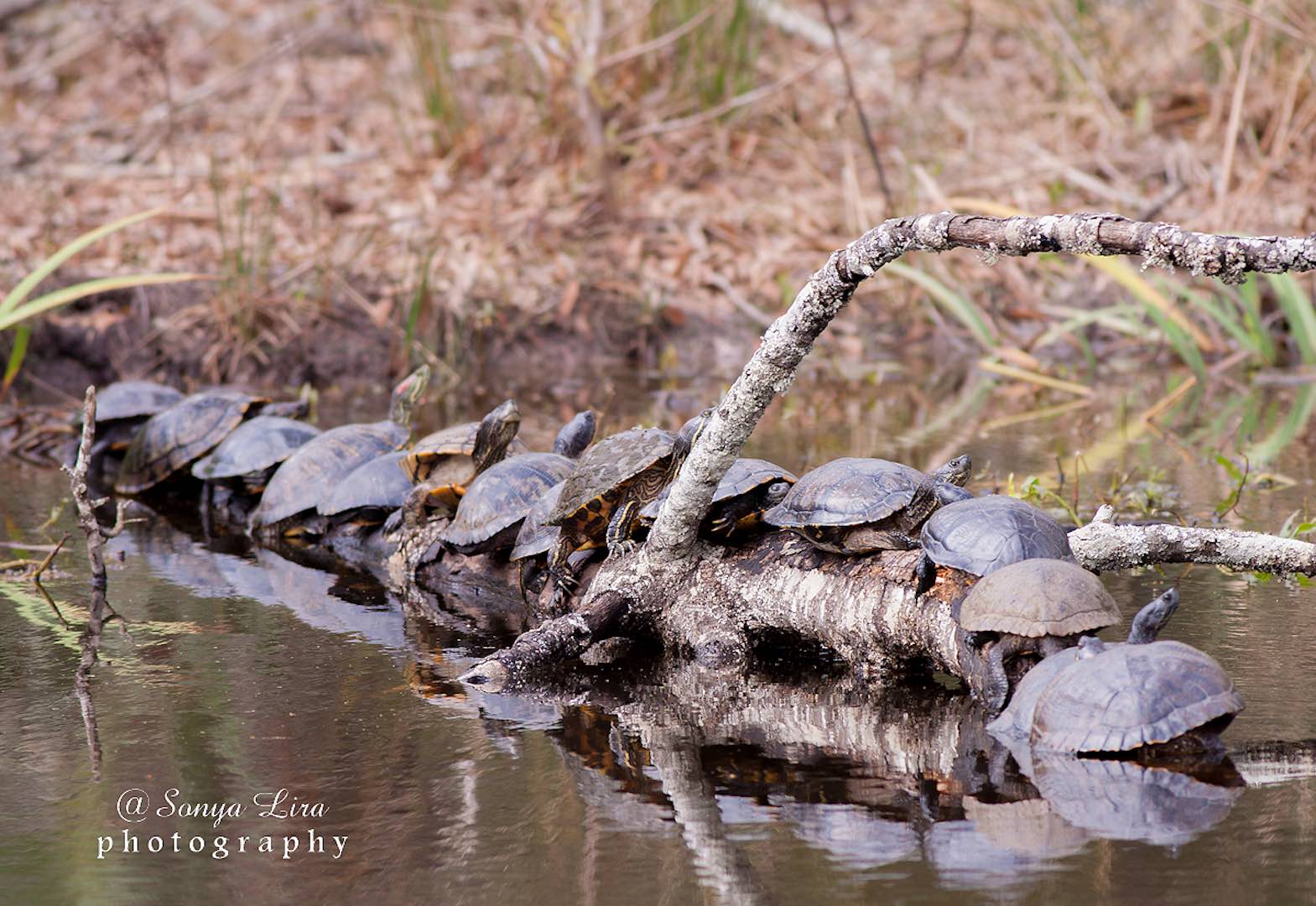CARE - DISEASES
Diseases
Although turtles are susceptible to disease, proper care can prevent many diseases. You can take several effective precautions against the main diseases which affect turtles (colds, skin/shell diseases and egg binding). If your turtle does develop a disease, it’s vital to get proper treatment.
General tips in case of illness
- Quarantine your turtle! You don’t want your other turtles to become ill.
- If in doubt or if your turtle is unwell for a long time, contact a vet.
- Your turtle may moult: this is quite normal and certainly doesn’t mean that it’s ill. Don’t pull off any loose pieces of shell: this can cause shell rot!
Colds and pneumonia
Colds
Cause
Draughts (e.g. when exploring freely outside of the paludarium on the ground) and ambient temperatures which are too cold (e.g. swimming in hot water and then breathing in cold air).
Symptoms
The turtle breathes loudly, air bubbles appear in its throat and on its nose.
Treatment
Heat treatment in a draught-free paludarium with a temperature of 28°C to 30°C. If there is no improvement after about five days, contact a vet.
Comment
Colds are the most common illnesses among turtles. A lingering cold can lead to pneumonia.
Pneumonia
Cause
A lingering cold.
Symptoms
The turtle shows the symptoms of a cold. Moreover, it is often listless and has little appetite. The turtle may swim crookedly, have difficulty staying above water or, on the contrary, have difficulty diving.
Treatment
You should visit the vet who will treat your turtle with antibiotics. You should then ensure that the paludarium’s ambient temperature remains high (28°C to 30°C) throughout this treatment. During the treatment, you should feed your turtle an appropriate diet.
Comment
30% of turtle deaths are caused by pneumonia.
Skin or shell disorders
Skin disorders
Cause
Poor care, inadequate habitat.
Symptoms
Tight or cracked skin, possibly affecting mucosa, and difficulties in moulting.
Treatment
You should visit the vet who will treat your turtle’s skin with an ointment.
Shell rot
Cause
There are three causes: dirty water, rough soil which causes wounds and gives bacteria and fungi free rein and an unbalanced diet.
Symptoms
The affected areas discolour, becoming darker and producing a strong odour.
Treatment
You should visit the vet who will remove the affected parts.
Comment
After treatment, your turtle will have scars. Advanced shell rot can lead to death.
Soft-shell syndrome (rickets)
Cause
Vitamin deficiency, lack of calcium, lack of UV light.
Symptoms
The shell is soft to the touch.
Treatment
You should visit the vet who will inject your turtle with calcium and vitamins. You should feed your turtle additional vitamins and ensure that your turtle spends more time under its UV lamp.
Egg binding
Cause
The female turtle cannot find a suitable place to lay her eggs, so she stops laying eggs altogether.
Symptoms
The turtle is either nervous on the island or is constantly trying to escape. The turtle also has little appetite.
Treatment
You should visit the vet who will give your turtle a hormone treatment. If your turtle still doesn’t lay eggs after this treatment, surgery is necessary.
Comment
Don’t wait too long before going to the vet: an operation is a risky procedure.


